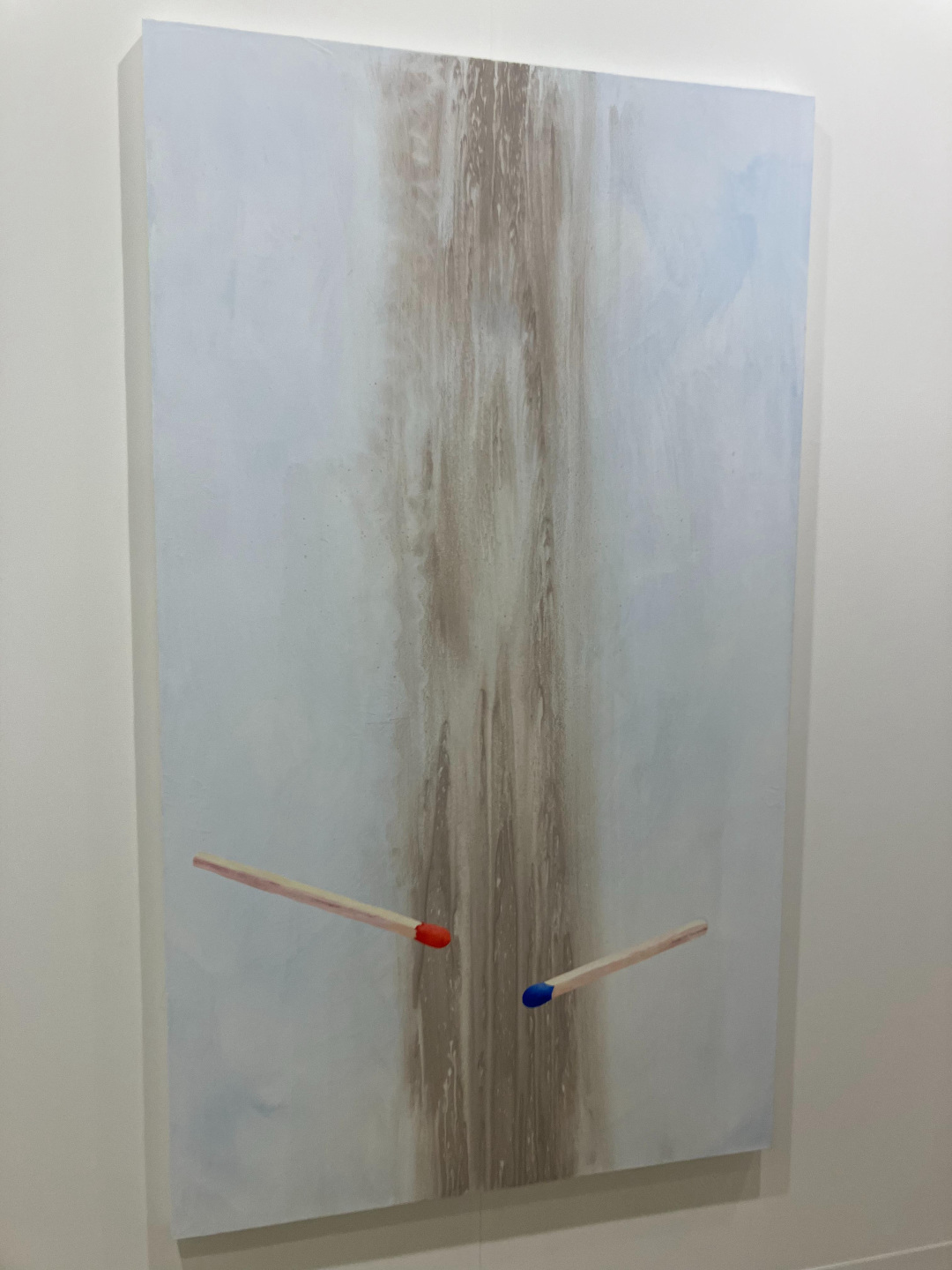
I was determined to not spend a cent while in Basel. I left the buying and selling to everyone else. Except for a tube of toothpaste (1.20 CHF), cigarettes (Parisiennes, 9 CHF), a cab back to the hotel when the train stopped (15 CHF), and a beer when the open bar closed but the party was still going (6 CHF), I was pretty successful. For three days, I relied on gallery-sponsored dinners, the elaborate breakfast buffet at the hotel, the strings-attached generosity of PR people, and the festive mood of other fair-goers.
I arrived Monday morning on an Easyjet flight flanked by two clean women with Celine bags, cheetah print scarves, and a general beige palette. I knew I would see more like this over the next few days. After settling in, I met the artist Adam Stamp, who was showing a series of drawings at Basel Social Club. We crossed the bridge and went to Liste, Basel’s satellite fair for younger galleries, in its 30th iteration this year. My impression was that the young dealers here were willing to take more risks in their booths, knowing that the European collector base tends to be more supportive of work beyond typical, big art fair paintings. For example, Berlin-based gallery The Wig and Denmark’s Institut Funder Bakke showed sculptures that extended beyond the booth walls and into the fair’s shared spaces.
There were a number of works with a sense of humor about the whole thing too—poking fun at the fair industrial complex and hoping collectors might be in on the joke. My favorite of this ilk was Bedros Yeretzian’s booth with Milan’s Diana Gallery, which was ostensibly empty save for projections rotating on the walls in a kind of dazed motion. There was no object for sale—only “images,” or rather logos, that Yeretzian repurposed: the American Apparel’s iconic list of major cities (echoing the fair’s many offshoots around the world) and Jack Skellington from Nightmare Before Christmas. What’s for sale, then, is that which is already ubiquitous and banal.
The city of Basel has historically been a city for meetings, for conventions of various industries (all of Switzerland’s most famous exports: pharmaceuticals, chocolate, money). It feels quiet and transient; most people are there on business, walking around with free matching tote bags. Instead of the art world summer camp everyone claims it to be, to me, as a writer, Art Basel felt like being on a business trip with my parents and looking around for other kids to hang out with while they’re making deals. It’s funny visiting friends at their booths and being met with a timid wave and a come-back-later look in their eyes. But I did find other kids—that is to say, people who were working but not working—who had a little more time to spend floating. (I mean this figuratively, but also literally, as the river Rhine is famous for its gentleness which can carry you downstream, for leisure as much as transportation, getting you from one end of the city to the other.)
At the edge of the Mittlere Brüke, the old bridge leading to Basel city, we toasted to Shahryar Nashat and the project he installed in the stately, chandelier-filled upstairs room of the Hotel Merian. The work was part of the fair’s Parcours sector (see my interview in this magazine with the section’s curator Stefanie Hessler). I ran into people from Los Angeles, Paris, and New York—dealer Scott Cameron Weaver, who was showing some work at Basel Social Club, and curators Julie Boukobza and Donald Ryan, who had come to the fair to, as they say, make connections.
Good food in Basel is hard to come by: Everything is heavy with cheese and cream. On the first night, dinner was in honor of Dutch artist and designer Joep Van Lieshout, hosted by the four galleries that work with him. Somehow the PR got my name; I didn’t know a soul, but quickly met the charismatic and handsome French dealer Phillippe Jousse, who gave me a light. The curator of the project spoke a mile a minute about the work, a collection of weird Kienholz-like sculptures forming a procession from one side of the convention center to the other, explaining that it was about politics, Covid, the future. While some were amusing—like the dinner itself—the installation had a few too many heavy courses.
[INSERT_GALLERY_1609]
The main fair opened the next morning, the gussied up VIPs arriving in droves—James Franco, in a silky bomber jacket and baseball cap, walked briskly through the collector’s lounge trailed by his advisor; ex-football player and collector Keith Rivers wandered the fair in a suit; while the Europeans wore crisp blue shirts and loafers. I went around visiting friends’ booths, such as Berlin gallery Trautwein Herlith, which showed a great Monika Baer painting of two matches—one red, one blue—floating over where they were about to be struck. There were also the Statements section booths, like Ginny on Frederick, which showed Alexandra Metcalf’s grandfather clock sculptures; Felix Gaudlitz, with whom I discussed the polarizing nature of his artist Edith Deyerling’s neon palette. The Reena Spaulings team was flustered following a morning spent vacuuming their booth after visitors stepped in a sculpture by Merlin Carpenter (a massive line of white powder made of ground marble resembling another substance that was going around later that evening). Gallerists John Kelsey and Emily Sundblad told me they had to remove the work because people kept stepping in it—their nice loafers trailing white powder around the fair. By the time I arrived, there were only scattered white footprints. In the end, the piece did sell.
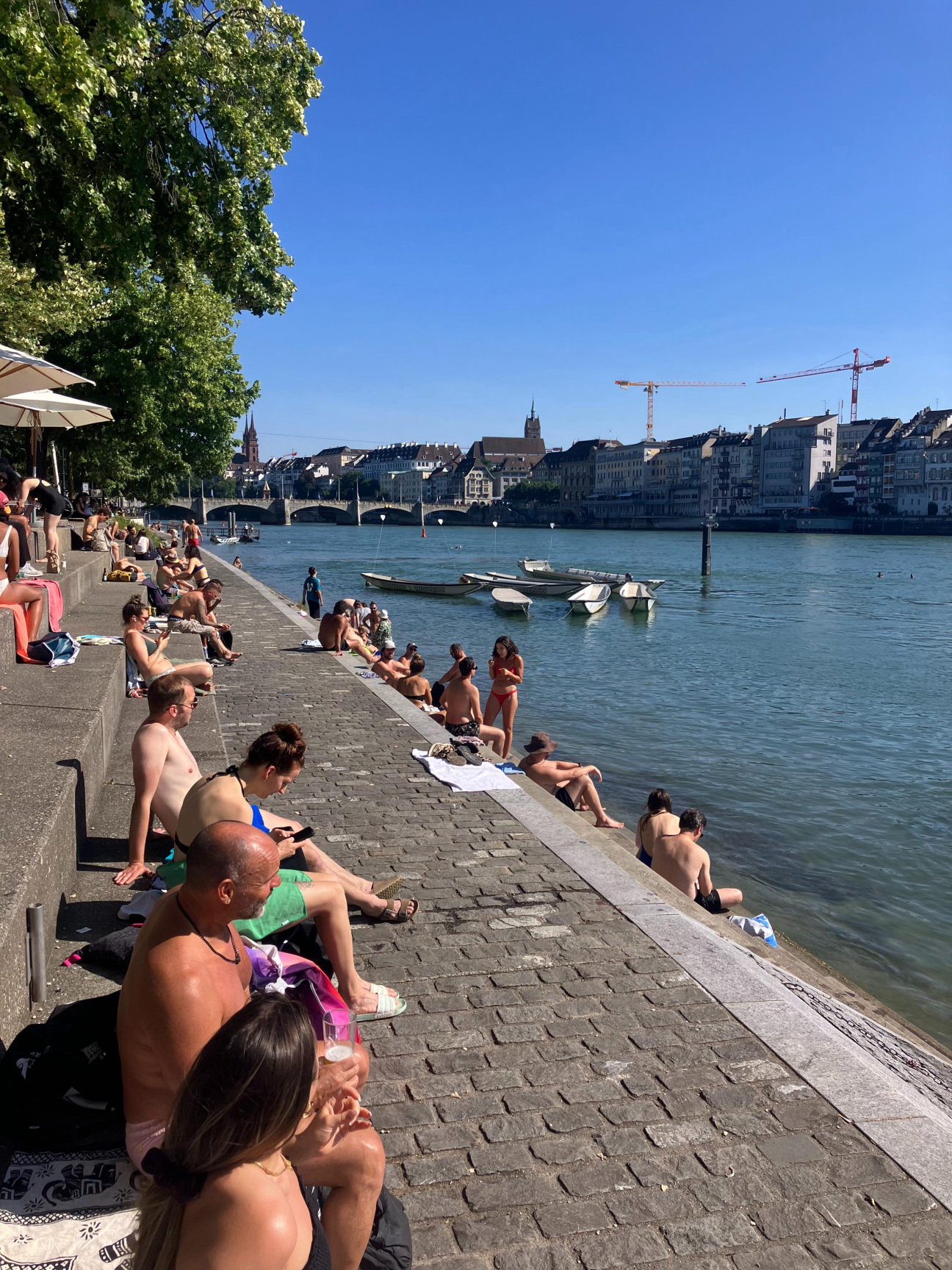
That night, there was an awkward UBS x Eva Presenhuber dinner, where I was seated at the end of a long table next to an interior designer (collector) from Denver with jangly jewelry and big hair who had bought a Julie Mehretu drawing that day. She advised me never to make a quick decision involving lots of money, a problem I’ve not yet had the pleasure of encountering. This, she told me, is what saved her from purchasing a Sigmar Polke in the ‘90s that would have been a bad deal. I spent most of the dinner smoking near the Campari bar, luckily running into a friend from LA who had been in Basel for nearly 6 weeks working on Jordan Wolfson’s exhibition at the Beyeler. After, he and I went to the Karma x Mendes Wood DM x Crèvecoeur party on the rooftop of a weird hotel with pink neon lights and palm trees. While waiting what felt like an hour for a drink, I chatted with artists Julien Monnerie, Naoki Sutter-Shudo, and Guillaume Dénervaud, trying my best to keep up with my poor French.
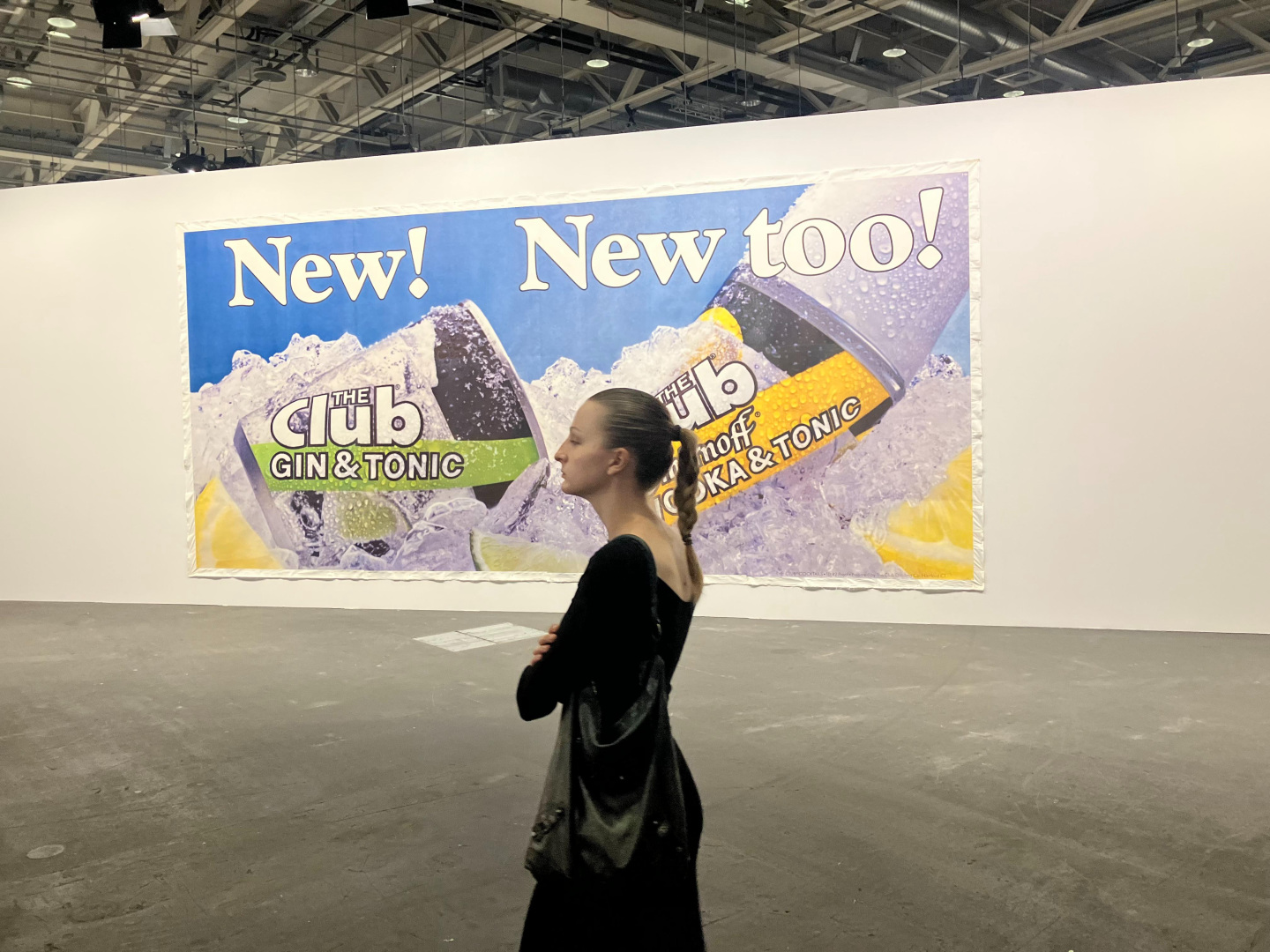
Wednesday, I decided to free myself from the PR-driven activities, instead letting myself be guided by my desire to swim and hang out with some artists. I met Bedros and some Italians at a small beach, where we went for a dip in the cold water before visiting the Unlimited sector of the fair for big sculptural works. Our favorite was a Jeff Koons work from 1983, New! New Too!, a billboard-sized lithograph of an advertisement for canned cocktails. Ironic yet fitting that it should be Koons, an art market stalwart, here with an older work engaging with the fetish of newness.
On our way to the Rhine for a second swim, we ran into Austrian artist Anna-Sophie Berger, who took us to her Parcours installation inside a 1980s shopping mall. In an empty storefront two floors up from the H&M and across from a chocolate store, a display of three mannequin-like figures were present, made using softbody collision modeling used for video games. The mannequins were Anna-Sophie’s height, and had an uncanny effect in the empty mall— the figures sliced on two sides with precision, sometimes giving the effect of two dimensions.
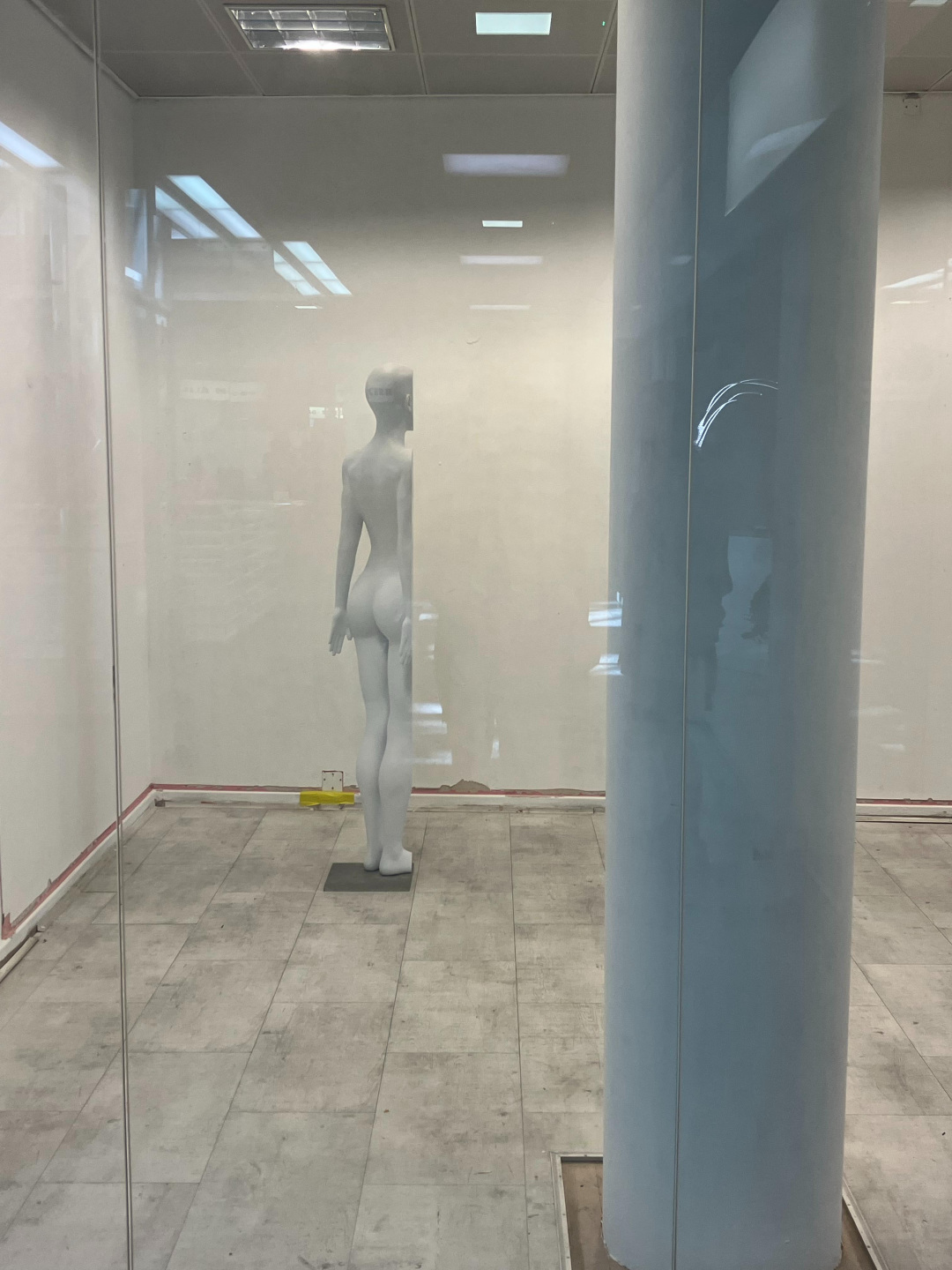
Anna-Sophie joined us back at the river, where we met artist Marc Kokopeli and curators Ruba Katrib and Stella Cilman. We laid our things on the stairs, floated down the river, walked back to our spot, and floated again, repeating until dinner time. It was not unlike the cycle of the Sturtevant video piece, Finite Infinite, 2010, installed in the underpass of the Mittlere Brüke where we floated—a dog running across the screen every nine seconds, running indefinitely.

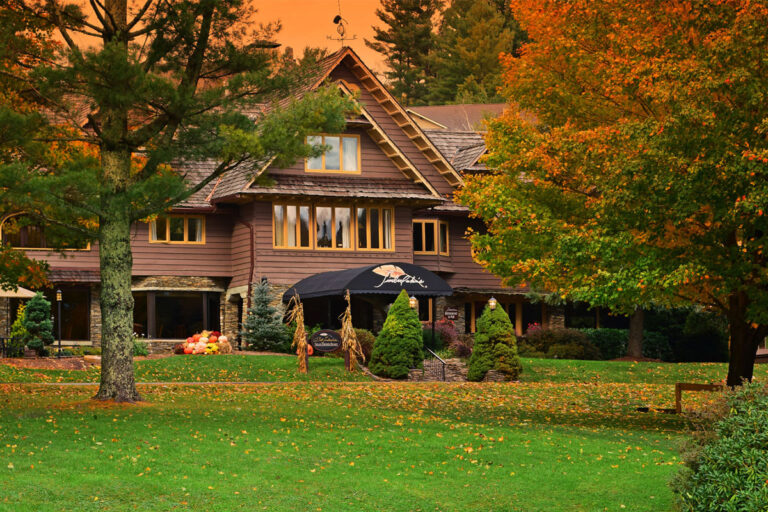


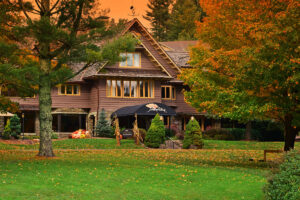





 in your life?
in your life?

